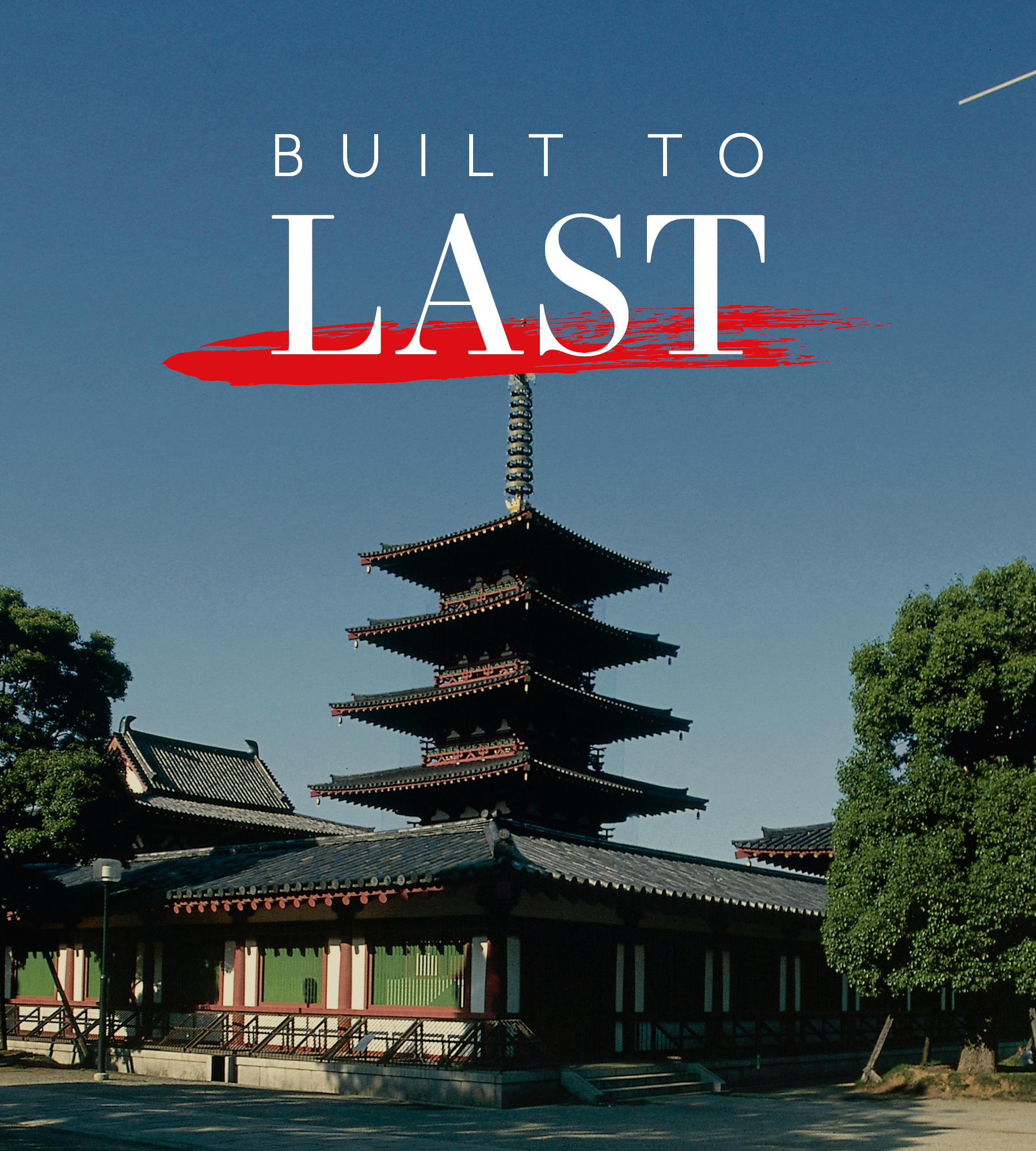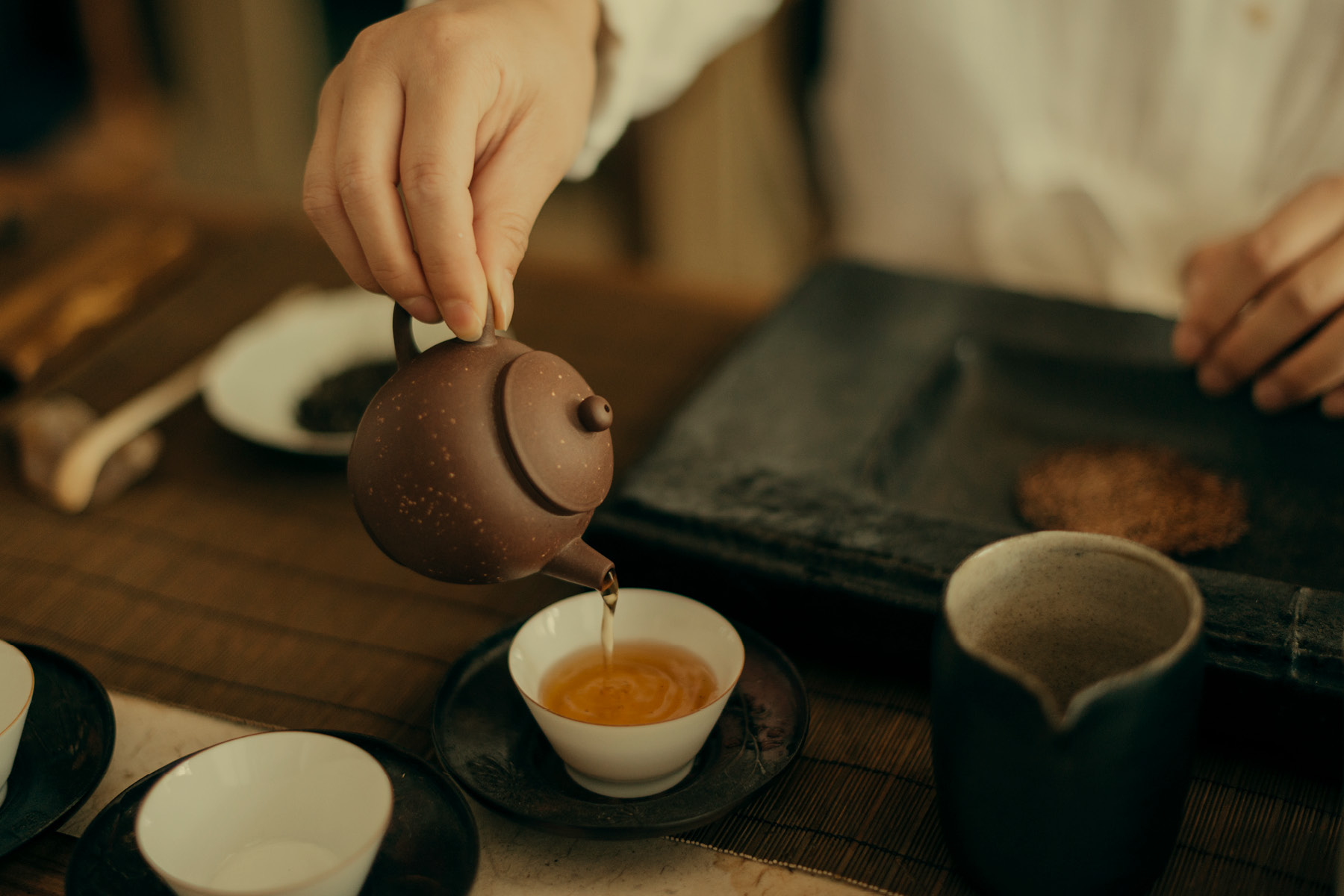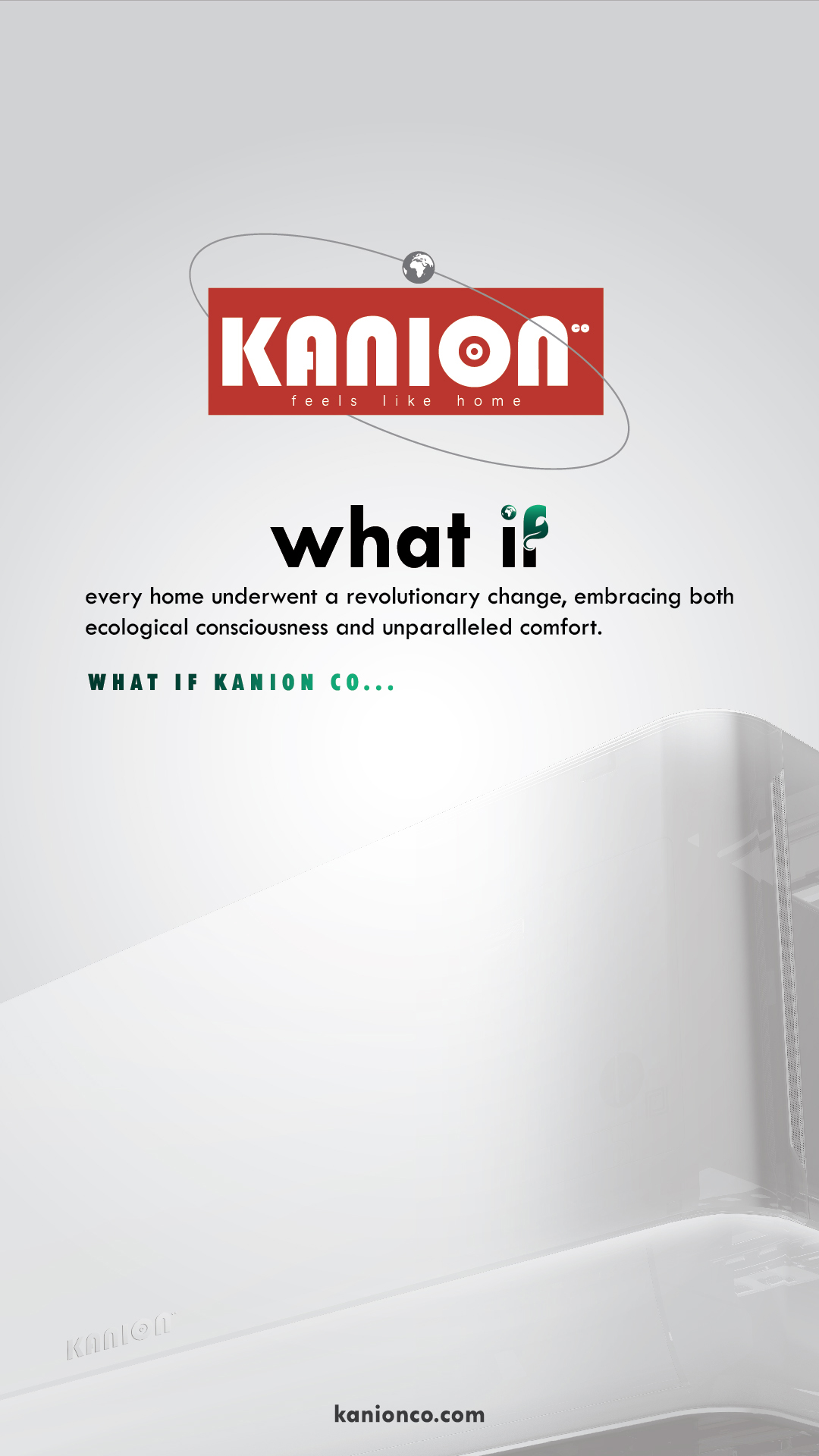Language
You can read the magazine in one of the following languages
Geolocation
You can read the global content or the content from your region

Shitennō-ji temple is one of Osaka’s most important Buddhist temples. Built in the sixth century during the rule of Prince Shotoku, it has stood firm as the high-rises of the modern-day city have towered above it.
Of course, the structure hasn’t survived more than a millennium without some tender loving care, with its most recent reconstruction taking place in 1963.
Visitors to the temple praise its serenity and space amid the hustle and bustle of Japan’s third-largest city. One nugget of information visitors may not take away from their visit, however, is that the firm that constructed the temple is also still in operation.
Founded in 578 with the Shitennō-ji temple as its first project, Kongō Gumi is widely considered the oldest company in the world, operational for a staggering 1445 years and counting.

What is equally as astonishing is that Kongō Gumi is not alone. The oldest hotel in the world, according to the Guinness Book of Records, is also in Japan. Nishiyama Onsen Keiunkan is an onsen (hot spring) hotel that opened in the Yamanashi Prefecture outside Tokyo in 705.
The oldest tea house in the world, Tsuen Tea, poured its first brew in Tokyo in 1160, and the oldest listed business on the Japanese stock exchange is Matsui Kensetsu, a construction firm that dates from 1586.
In Japan, more than 52,000 companies are more than a century old. Of that figure, 1938 have survived to blow out 500 candles on their birthday cake and 21 have operated for more than a thousand years, according to research undertaken by Toshio Goto, Research Professor at the Japan University of Economics.
In 2008, the Bank of Korea conducted an international study of 5,586 companies that were more than 200 years old and found that over half (56 percent) were in Japan.
When you consider that the average lifespan of a company on the S&P 500 is less than 18 years, you have to wonder, what’s the secret sauce?
The short answer could be as simple as the type of care given to Shitennō-ji temple. The long answer, however, holds many more business lessons for leaders around the world.
Collectively, companies more than 100 years old are called shinise. Beyond its age-defying implications, the term carries important connotations around trust and wealth.
One commonality many shinise share is that they are family owned. “The concept of family has an incredibly strong influence over Japanese businesses, both big and small,” Masako Eguchi-Bacon, the Japanese-born CEO of Oceanbridge Management, tells The CEO Magazine.
“Historically, the succession of family members, particularly the first child, has been par for the course in business.”

The Japanese have a word for this, too – ie. “This literally means a house or home, but in a business context it’s about keeping the family name alive,” Eguchi-Bacon explains.
Since this concept of ie is so entrenched in the country’s business culture, there’s rarely a mentality of short-termism. The respect of core values passed down through the generations is paramount in any decision-making process.
In essence, tradition and stability come before profits and growth for these risk-averse businesses, a quarter of whom have enough money in reserve to fund the next two years of operations.
It’s this long view that has enabled these companies to navigate natural disasters, wars and, most recently, the COVID-19 pandemic. Such an outlook also means shinise never lose sight of their relationship with stakeholders or their role in the community at large.

While many shinise are smaller enterprises such as hotels, tea houses and sweet shops, some are household names. Nintendo was founded 1889 in Kyoto to manufacture playing cards; Suntory dates from the opening of a standalone wine store in Osaka in 1899; and Kikkoman came into being in 1917 with the merging of eight family owned soy sauce companies (although one of those companies had started brewing soy sauce as early as the 17th century).
These businesses have been successful in balancing prudence with diversification. While no company can survive without evolving with the times, shinise take a measured approach to growth, searching to expand within the boundaries of their original structure.
For instance, Nintendo may no longer make playing cards, but it’s still in the games business. As Goto has described it, successful diversification is always linked to the original business, rather than to something unrelated.
If ie is what drives shinise, what happens when there’s no apparent successor, or if the heir isn’t willing to step into the role? It’s a challenge that Japanese businesses have traditionally worked around by adopting heirs; the practice of adopting suitable successors from outside the family.
The leadership of some of the most famous Japanese businesses has been passed down to the next generation in this way: Panasonic, Toyota and Suzuki, whose current Chairman, Osamu Suzuki, is the fourth adopted son to fill the role.
Traditionally, adopted heirs have only been men, although Eguchi-Bacon says she’s noticed the baton can now be passed onto women in this way.

It’s no secret, however, that Japan’s population is aging. Recent government data suggests that 10 percent of the population is now aged 80 or over. “It’s becoming harder for businesses to find and identify suitable atotsugi [successors],” says Eguchi-Bacon.
For a while, the label atotsugi was associated with pressure to follow a predefined path in life that was often unwanted, but it’s now verging on cool. That’s because, as Eguchi-Bacon explains, there’s a new swagger in the next generation.
Japan’s startup climate has often been criticized for being sluggish, perhaps because a culture that promotes business longevity also cultivates a fear of failure. Now, however, ‘startup’ and ‘atotsugi’ are words spoken in the same sentence, as today’s leaders finally feel permitted to apply entrepreneurial lessons to traditional companies to ensure their legacy continues.
It seems like the first pages in the next chapter in Japan’s centuries-old businesses are already being written.